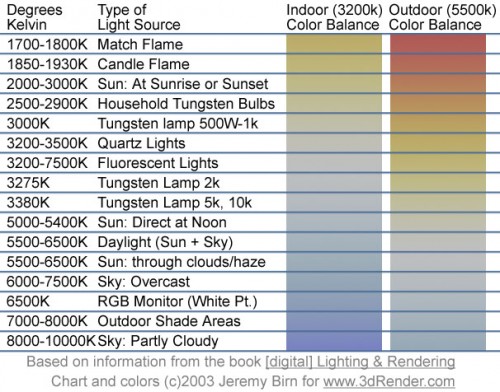
As the sun began setting here in Zone 7 yesterday, I looked at my watch and couldn’t believe that it was only four o’clock! While the darkness descended around our farm, I thought to myself how depressing the winter months can be for gardeners, especially if they don’t have any garden lights set up. A severe decrease in sunlight plus plummeting temperatures are a bit of a shock after such a long, warm summer. So, what is an avid gardener to do? Bring your herb garden indoors and make your own light! You could even decide to get some street lights (or as people in France would say “Lampadaire exterieur“) that can be placed in your garden so you can keep your herbs out there for just a little bit longer. Until the time comes when it really is that cold and dark that you have no choice to bring them inside.
An ideal indoor lighting setup for growing herbs throughout the winter would be to have a ton of south facing windows with lots of space to line your herbs along the window sills. It might be useful to consider smart home lighting to have better control over your home lighting in these darker periods of the year and works well with this situation. If this scenario isn’t a reality, you can also line your ceiling with fluorescent grow lights to accommodate your indoor oasis while sunlight is scarce. Something like these barn gooseneck lights are also useful, whether wall mounted or ceiling mounted. These provide enough light to grow herbs and are also convenient for home use. Though many herbs may go dormant, like Mints, as per their natural seasonal cycle, artificial lighting can extend their growing season and keep them useful. Most culinary herbs are well suited as indoor potted herbs, like Rosemary, Thyme, Chives, Winter Savory or Garden Sage, and tend to do well with supplemental light. Growing an indoor herb garden is a wonderful way to beat the winter doldrums and will provide you with fresh flavors until spring thaws the ground outside. Until the days grow longer, you can supplement your home’s natural lighting with fluorescent grow lights to keep your herbs growing strong all winter long.
Many herbs tend to get a big leggy under fluorescent lighting, so make sure to keep them pruned well for better growth. Growing herbs indoors can also affect the water levels your plants need, so also pay close attention to the amount of moisture your herbs require to keep them from drying out. The type of pot or container your herb is growing in can also affect the amount of moisture it retains. Terra Cotta pots work well, as most herbs do not need a lot of water and the porousness of the clay allows excess moisture to escape. Mature herbs should be placed a few feet away from the light source, while sprouts may need to stay within a few inches until they get established.
Florescents are more efficient than many other lighting options because they are much brighter and more narrow, and due to lack of surface space, they waste less. If you can afford the space for this endeavor, try lighting that falls between 4000 and 6000 Kelvin, a range that is warm enough to mimic the lighting environment of a greenhouse, without being too hot that it fries your herbs. Color temperature is measured in Kelvins, and is an important characteristic of visible light- especially when we’re talking plants. The lower degree of Kelvin or color temperature, the more warm the lighting feels, and the higher the Kelvin, the cooler the light feels. Think of the difference between cozy warm lighting in your home versus the harsh, cold lighting of your doctor’s office. By choosing fluorescence that falls between 4000 and 6000, you allow for a healthy spectrum of warmth and color for most culinary herbs. (Some of the more tropical or sun loving plants like Stevia or Ashwagandha may take a bulb with a fuller spectrum of light). Many herbs need at least fourteen hours of light a day to stay happy indoors, and getting a timer for your lighting may be a good idea to help with this, as well as prevent them from running too long and wasting energy.
For a better idea of how the Kelvin system works, see the chart from 3drender.com below :


I love your detailed article, nice and rich in useful information. We are blessed here in the South in zone 9, the winters are not too bad, and growing herbs indoors is a little easier.
The way you describe the lighting is excellent, but what do you think about the air circulation, that I think could be an important factor? Best regards to you, and thanks for a well written post.
Hello Mike, thanks for reading and thank you for the kind feedback! Air circulation is also a key part of growing herbs, especially when doing so indoors. Plants that have lots of leafy foliage like Cilantro may need to be “fluffed” or placed in areas that get better air flow (sometimes even adding a fan can be necessary). Other herbs, like Lemon Grass, that grow out from their core in tight, spiraled leaves, may need to be spaced apart to allow air to better flow through to each plant. If you have any specific questions, please let us know. Thanks for your question and look for a blog on air circulation in the near future!